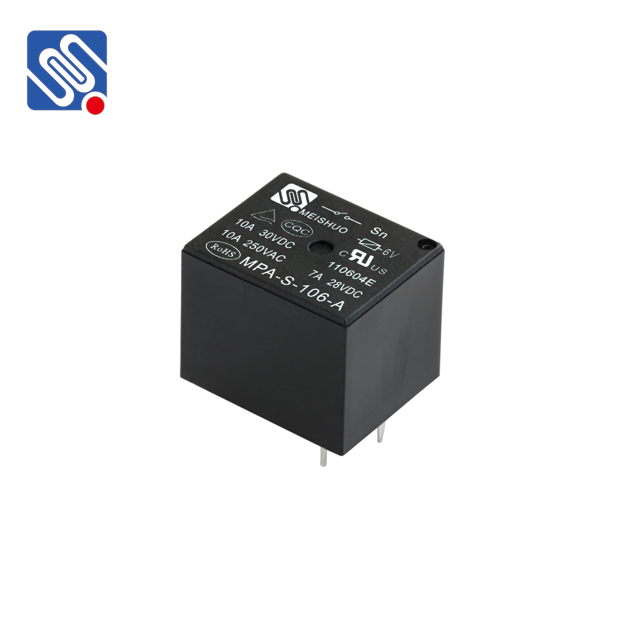Relays are essential components in various electrical and electronic systems, used for switching circuits on and off based on control signals. A critical aspect of selecting the right relay for an application is understanding its current rating. The relay current rating refers to the maximum current that the relay’s contacts can safely handle under specific conditions. Knowing the relay current rating is crucial for ensuring safe operation and preventing damage to both the relay and the connected system. This article provides an in-depth explanation of relay current ratings, the factors influencing them, and why it is important to select the appropriate relay for your needs.

What Is Relay Current Rating? The current rating of a relay indicates the maximum current that can flow through its contacts when the relay is in its closed (on) position without causing damage or exceeding safe operating limits. It is usually specified in amperes (A) and can be given for both direct current (DC) and alternating current (AC) systems. The current rating typically includes two values: the continuous current rating and the maximum switching current. Continuous Current Rating: This value refers to the maximum steady-state current that the relay can carry without overheating or suffering damage. The continuous current rating is determined by the relay’s internal design, the contact material, and the potential heat dissipation capabilities of the relay. This value is important when considering how much current can flow through the relay when it is continuously closed for prolonged periods.
Leave a Reply